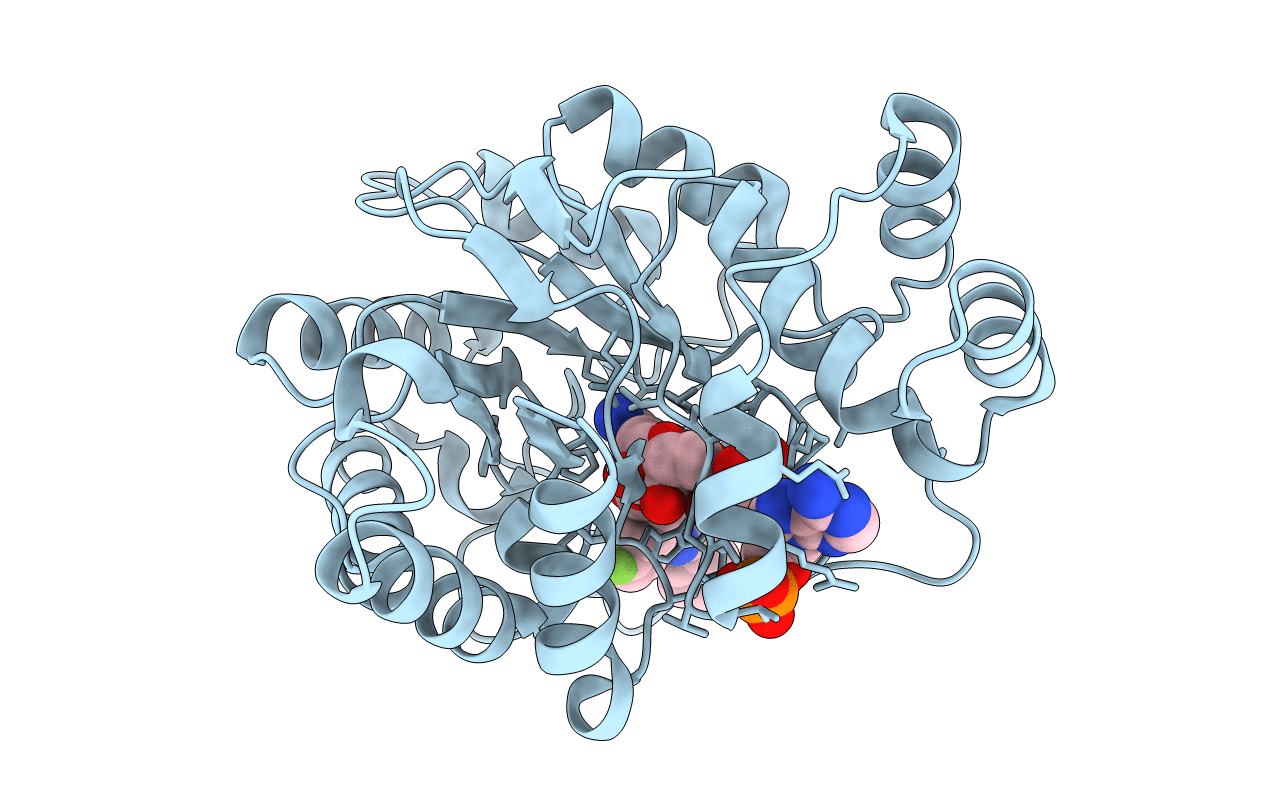
Deposition Date
2015-03-16
Release Date
2016-03-23
Last Version Date
2024-01-10
Entry Detail
PDB ID:
4YS1
Keywords:
Title:
Human Aldose Reductase complexed with a ligand with an IDD structure (2) at 1.07 A.
Biological Source:
Source Organism:
Homo sapiens (Taxon ID: 9606)
Host Organism:
Method Details:
Experimental Method:
Resolution:
1.07 Å
R-Value Free:
0.14
R-Value Work:
0.13
R-Value Observed:
0.13
Space Group:
P 1 21 1


